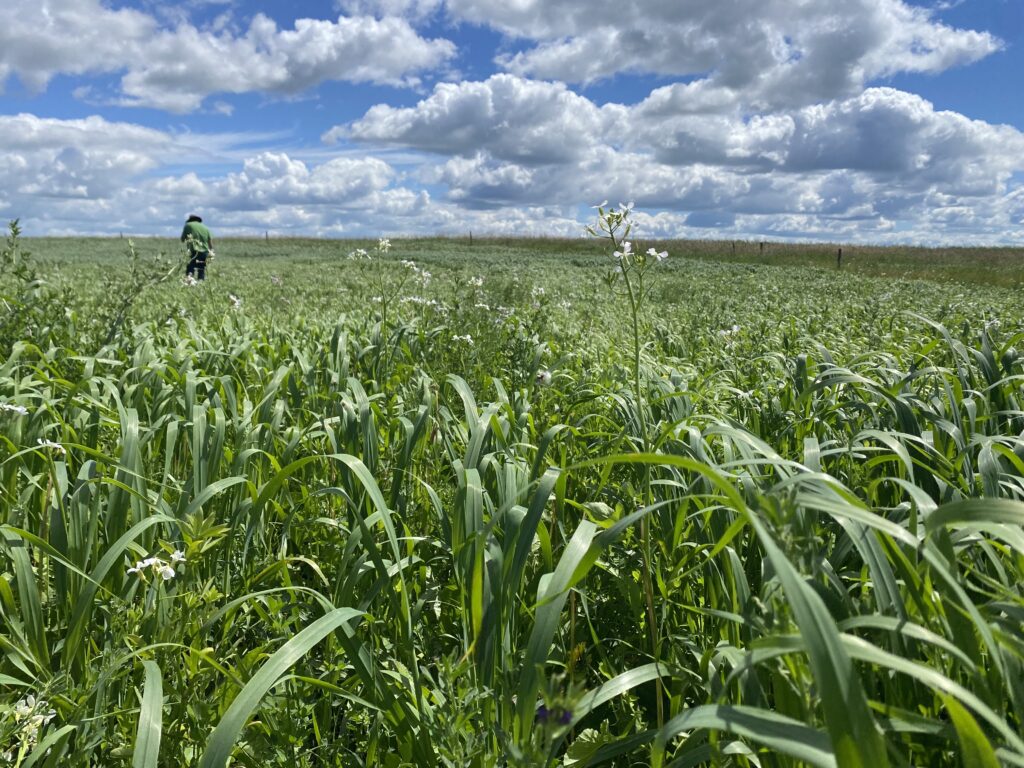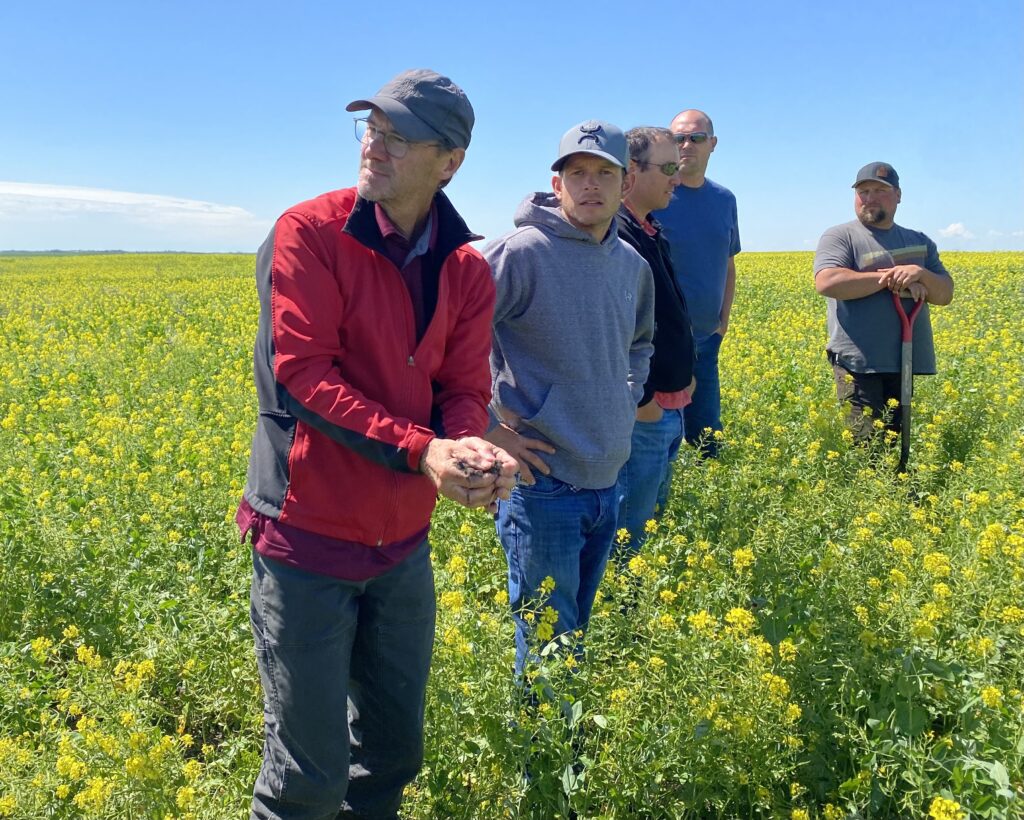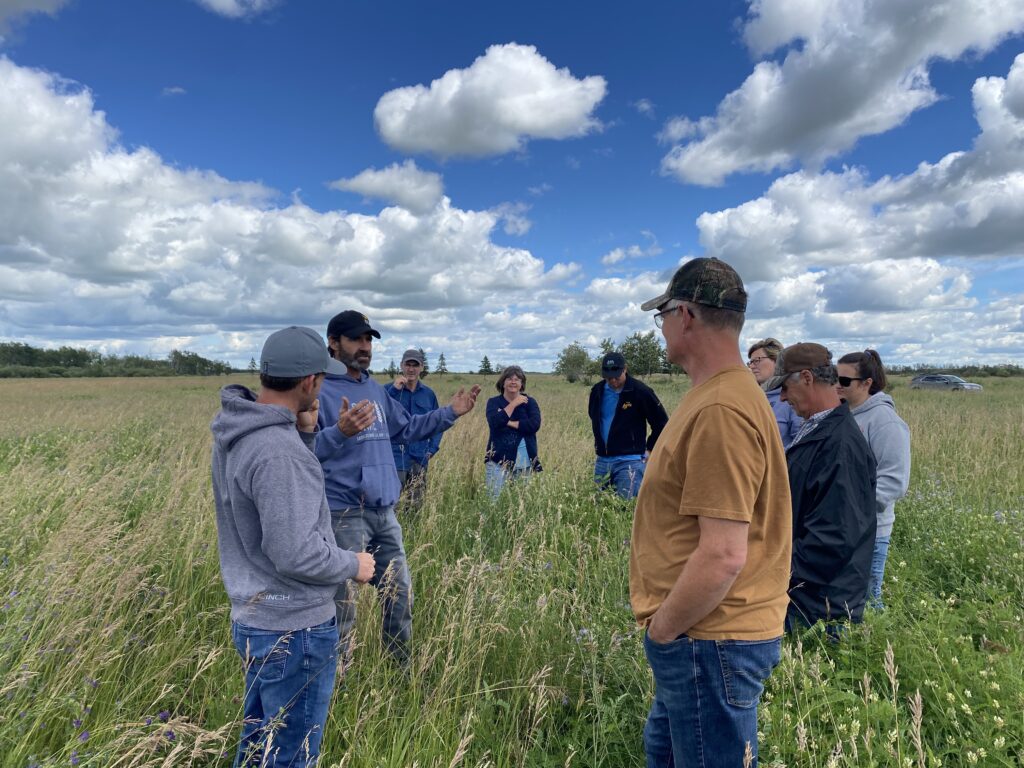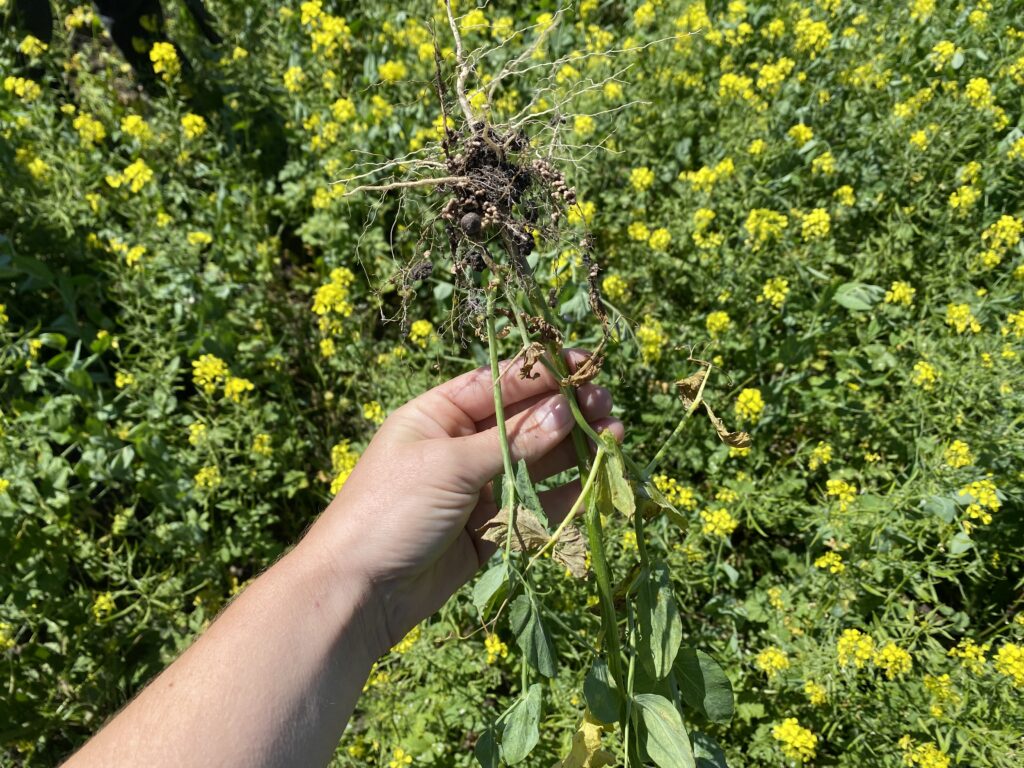Project Type: Regenerative Farming: GHG Emissions Reductions & Removals
Methodology: Ecosystem Services Marketplace Consortium (ESMC) Scope 3 Protocol
Project Details:
General Mills, Inc. has committed to reduce greenhouse gas emissions by 30% by 2030 and advance regenerative agriculture on one million acres of farmland in that same period, and achieve net zero greenhouse gas emissions by 2050. Because a minimal amount of General Mills’ greenhouse gas footprint is from their owned operations, the company has set goals that go beyond their walls – from farm to fork and beyond.
With the majority of General Mills’ greenhouse gas emissions upstream in agricultural production, the company is focused on accelerating farmer adoption of regenerative agriculture – engaging farmers in key regions where it sources its ingredients. Ingredients like oats and wheat are grown in the Canadian Prairies, a vast expanse of flat, rich farmland that spans from Alberta through Saskatchewan and across Manitoba.
So, how could ingredients in this region be grown more regeneratively, and with a lower GHG footprint? Farmers can:
- Plant cover crops (either exclusively or intercropped/under-seeded with a cash crop like wheat or oats) that help to increase soil health, provide nitrogen to crops, and sequester carbon in the soil
- Reduce or eliminate tillage, which causes erosion and releases carbon dioxide
- Graze cropland after crops are harvested with livestock, adding nutrient-rich manure to the soil
- Extend crop rotations, growing new crops in fields rather than repeating the same crops over and over, to restore soil health and reduce pest and disease pressure
- Reduce the amount of nitrogen fertilizer applied to fields, reducing associated nitrous oxide emissions
The project began in the late winter of 2022 in partnership with General Mills and ESMC. Producers agreed to implement at least one of the above techniques for the first time on enrolled fields. Within the first year, 41 producers signed up 291 fields on a total of 34,180 acres.
Project Structure:
The program began as a one-year pilot, meaning that producers committed to maintaining these techniques for one year. ESMC will provide opportunities for growers to re-enroll in the program with longer-contracts.
After baseline soil sampling and practice implementation, farmer participants input their management data into ESMC’s Monitoring, Reporting and Verification (MRV) platform. There, data is reviewed and input into a biogeochemical process model (DNDC), which calculates the GHG emission reduction or removal associated with each farmer’s practices, which are verified by SustainCERT. Farmers then receive outcome payments associated with the total greenhouse gas emissions they reduced or removed (through carbon sequestration) on their enrolled fields that year. And General Mills claims a verified reduction in its Scope 3 footprint, bringing the company closer to its 2030 goal.
In addition to receiving outcome payments, farmers that participate in the program receive one-on-one mentorship visits from our friends Michael and Blain, regenerative agriculture consultants with UnderstandingAg, as well as opportunities to participate in group zoom calls, an in-person soil health workshop, and field visits throughout the season. If there’s one thing we’ve learned from developing regenerative agriculture carbon projects, creating this community to build a support system around producer decision-making and transition is invaluable to project success and durability.
Project Benefits:
The benefits of implementing these practices go well beyond reducing emissions and sequestering carbon. They help to reduce the costs of inputs, increase water infiltration, improve water quality, and increase pest and disease resistance. These farmers aren’t just climate heroes, but ecosystem stewards, and we thank them for the important work they do to protect our landscapes.
Read less.









